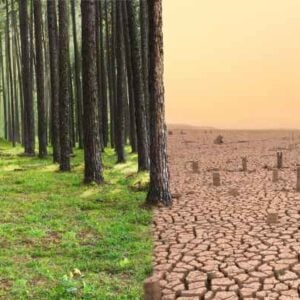In Ecuador’s Amazonian region, two young volunteers from the Ecuadorian Red Cross combined local knowledge, creativity, and scientific tools to develop an Early Warning System aimed at protecting cocoa plantations from climate-related threats. Cocoa in this region is not just a crop but a vital part of culture and livelihood, especially in Zamora Chinchipe near the Peru border. Ecuador ranks as the world’s third-largest exporter of fine aroma cocoa, supporting thousands of families and driving the local economy.
However, climate change and extreme weather events like El Niño are increasingly threatening cocoa crops. Similar challenges in major cocoa-producing countries like Ghana and Côte d’Ivoire have led to pest outbreaks, destroying plantations, reducing chocolate production, worsening poverty, and threatening food security. In such high-risk conditions, timely information and the ability to anticipate dangers can be the difference between saving or losing crops.
To address this, the two volunteers designed the SATHEOBROMA Early Warning System, named after the cocoa plant’s scientific name, launched in 2023 through the Solferino Academy’s Limitless programme. This mini weather station collects daily data on rainfall, temperature, humidity, and other factors to help farmers predict when pests, such as monilia, are likely to appear. With this knowledge, farmers can take preventive measures to protect their crops before conditions worsen.
Although the system cannot prevent climate events like droughts or heavy rains, it provides crucial alerts that enable farmers to act quickly and mitigate crop losses. Local experts emphasize the importance of having accurate, localized data to prevent problems and maintain healthy yields. After a successful pilot on one farm, the system was expanded to two additional farms, with plans for wider implementation to support more cocoa-growing communities.
The project has also gained support from local authorities, including the Prefect of Zamora Chinchipe, who highlighted the importance of technical assistance and collaboration to expand these benefits. As climate change continues to pose risks, tools like SATHEOBROMA provide agricultural families with vital support to adapt and safeguard their livelihoods.
This initiative underscores the value of involving communities in decision-making processes to effectively prepare for and respond to climate crises. Early warning systems like SATHEOBROMA are essential for enhancing food security and building resilience in vulnerable regions.







